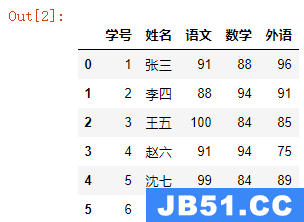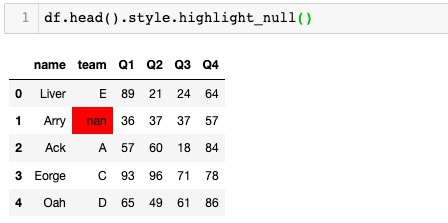我正在尝试使用pandas date_range功能生成一组日期.然后我想迭代这个范围并从每个日期减去几个月(确切的月数在循环中确定)以获得新的日期.
当我这样做时,我得到一些非常奇怪的结果.
MVP:
#get date range
dates = pd.date_range(start = '1/1/2013', end='1/1/2018', freq=str(test_size)+'MS', closed='left', normalize=True)
#take first date as example
date = dates[0]
date
Timestamp('2013-01-01 00:00:00', freq='3MS')
到现在为止还挺好.
现在让我们说我想从这个日期回来一个月.我定义numpy timedelta(它支持定义的月份,而pandas的timedelta不支持):
#get timedelta of 1 month
deltaGap = np.timedelta64(1,'M')
#subtract one month from date
date - deltaGap
Timestamp('2012-12-01 13:30:54', freq='3MS')
为什么这样?为什么我得到13:30:54的时间组件而不是午夜.
此外,如果我减去超过1个月,它的变化就会变得很大,以至于我失去了一整天:
#let's say I want to subtract both 2 years and then 1 month
deltaTrain = np.timedelta64(2,'Y')
#subtract 2 years and then subtract 1 month
date - deltaTrain - deltaGap
Timestamp('2010-12-02 01:52:30', freq='3MS')
解决方法:
我和timedelta有类似的问题,我最终使用的解决方案是使用来自dateutil的relativedelta,它专门为这种应用程序而构建(考虑到所有日历的怪异,如闰年,工作日等). ).例如给出:
from dateutil.relativedelta import relativedelta
date = dates[0]
>>> date
Timestamp('2013-01-01 00:00:00', freq='10MS')
deltaGap = relativedelta(months=1)
>>> date-deltaGap
Timestamp('2012-12-01 00:00:00', freq='10MS')
deltaGap = relativedelta(years=2, months=1)
>>> date-deltaGap
Timestamp('2010-12-01 00:00:00', freq='10MS')
有关relativedelta的更多信息,请查看documentation
numpy.timedelta64的问题
我认为np.timedelta的问题在docs的这两部分中有所体现:
There are two timedelta units (‘Y’, years and ‘M’, months) which are treated specially, because how much time they represent changes depending on when they are used. While a timedelta day unit is equivalent to 24 hours, there is no way to convert a month unit into days, because different months have different numbers of days.
和
The length of the span is the range of a 64-bit integer times the length of the date or unit. For example, the time span for ‘W’ (week) is exactly 7 times longer than the time span for ‘D’ (day), and the time span for ‘D’ (day) is exactly 24 times longer than the time span for ‘h’ (hour).
因此,timedeltas适用于数小时,数周,数月,数天,因为这些是不可变的时间跨度.然而,几个月和几年的长度是可变的(想想闰年),所以考虑到这一点,numpy采取某种“平均”(我猜).一个numpy“年”似乎是一年,5小时49分12秒,而一个numpy“月”似乎是30天,10小时,29分钟和6秒.
# Adding one numpy month adds 30 days + 10:29:06:
deltaGap = np.timedelta64(1,'M')
date+deltaGap
# Timestamp('2013-01-31 10:29:06', freq='10MS')
# Adding one numpy year adds 1 year + 05:49:12:
deltaGap = np.timedelta64(1,'Y')
date+deltaGap
# Timestamp('2014-01-01 05:49:12', freq='10MS')
这不是那么容易使用,这就是为什么我会去相对的deltadelta,这对我来说更直观.




